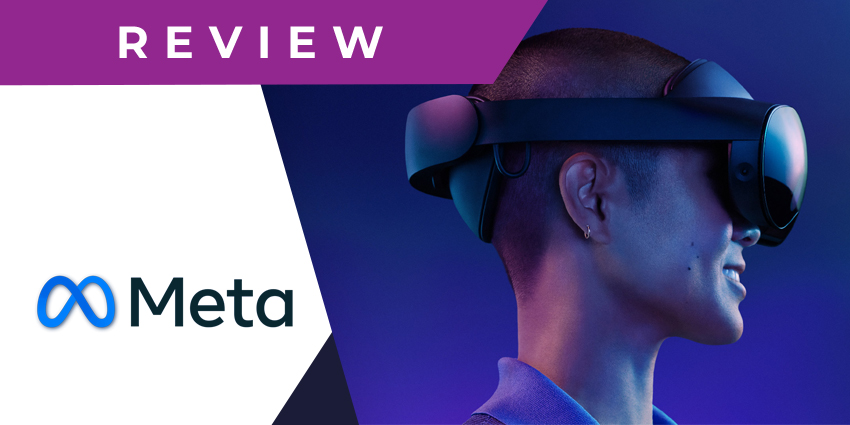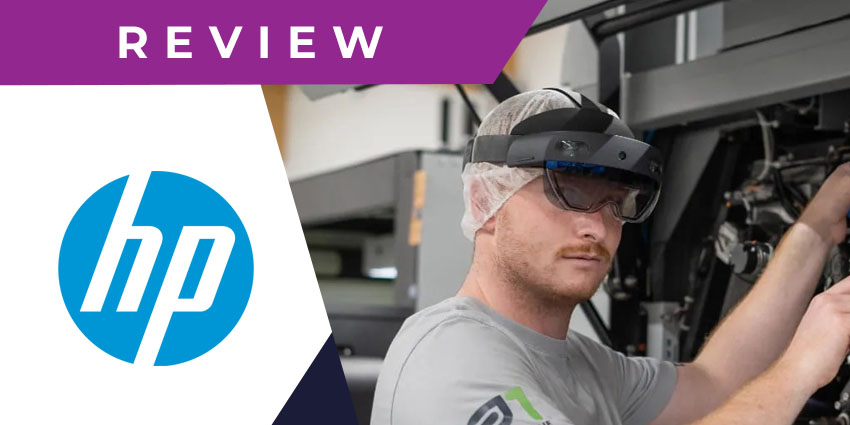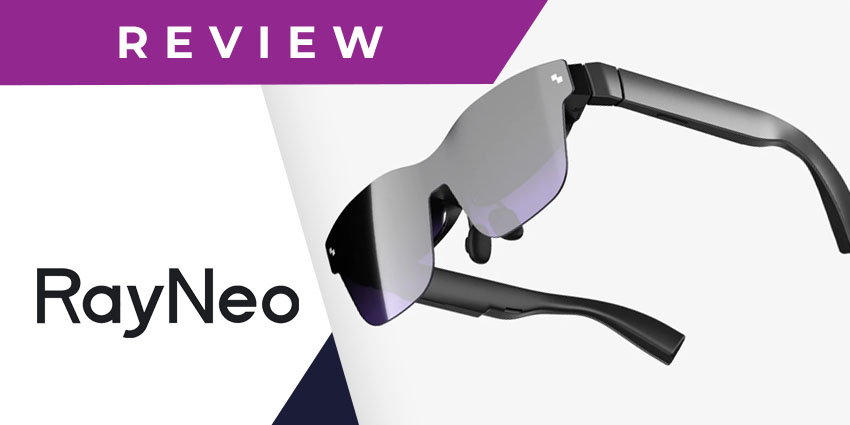To date, Microsoft HoloLens 2 continues to receive rave reviews for its stunning performance and versatility. First launched in 2016, the HoloLens became one of the early entrants in the mixed reality (MR) headsets segment and the first to run the Windows MR platform.
It comprised a head-mounted display (HMD) and a front-facing visor. The cutting-edge device also comprises sensors, cameras, projection lenses, and 3D audio speakers.
Microsoft later announced the HoloLens 2 at the 2019 Mobile World Congress (MWC) with several upgrades. These include a 64 GB memory capacity, a Qualcomm Snapdragon 850 system on a chip (SoC) processor, and improved noise-cancelling audio and cameras.
HoloLens 2 and the IVAS Headset
The upgrades have led to numerous adoptions for industry verticals, namely in medical, architectural, engineering, and construction (AEC), and also the military. The US Army has adopted the device as the foundation for its Integrated Visual Augmentation System (IVAS) set for release next year.
The device will provide soldiers with essential spatial awareness upgrades, including night vision and heads-up displays (HUDs) for target sight alignment and waypoints.
Soldiers can also communicate between headsets, project holograms of teammates and combatants, and find heat signatures in dense environments, among others.
Here is XR Today’s HoloLens 2 review for industrial use cases. As industry verticals anticipate the release of the HoloLens 3, here’s why many are sticking with the stalwart second-generation headset.
Inside Microsoft HoloLens 2
The HoloLens 2 is a wireless MR device with its own operating system (OS), solutions, and application ecosystem. According to Microsoft’s spec sheet, here are its key features:
Display
The HoloLens 2 offers see-through holographic lenses with waveguide technology. Compared to the first version, Microsoft has upgraded the display resolution from 1280×720 to 2048×1080. 2k 3:2 light engines and display optimisation also power the device for spectacular 3D eye positioning.
Camera
Microsoft’s HoloLens 2 also has an excellent camera array setup with an 8MP resolution for capturing photos and 1080p video. Additionally, this is a significant improvement from the 2.4 MP camera on the HoloLens 1 and its basic HD video capabilities.
Along with its 8MP camera, it also features improved eye-tracking for better human-computer interfacing (HCI) and biometric security.
Processor and memory
The headset also runs on the mobile-optimised Qualcomm Snapdragon 850. This enables vastly improved performance compared to the initial device’s original Intel 32-bit (1GHz) setup. It has 64 GB of onboard storage onboard similar to the HoloLens 1, which is sufficient for most enterprise uses.
It also offers 4GB of DDR4 RAM – much improved from its 2 GB Gen 1 predecessor. Most current headsets such as the Magic Leap 2 and Meta Quest Pro sport up to 256 GB of storage.
Audio and mic
The headset also has built-in spatial sound for a truly immersive experience. It also integrates a 5-mic array for communication and voice commands. One should also note its hand-tracking capabilities. It includes gesture controls for interacting with real-time 3D (RT3D) content.
Field of view
The HoloLens 2 almost doubles the original field of view (FoV) at 52° compared to the HoloLens 1’s 30°. This widens the FoV to observe more immersive content and interact with greater virtual spaces without full body movements.
Ergonomics
The HoloLens 2 remains a favourite of the industry for its impressive ergonomics. Weighing at just 566 grams, its form-fitting elite headstraps, adjustable ratchet tightening mechanism, and lenses with adjustable interpupillary distance (IPD) provide a comfortable, intuitive wearing experience for all-day use. People can also wear the device with glasses without obstructing one’s vision.
HoloLens 2 Review: What’s to Like
Many industry verticals choose Microsoft’s HoloLens 2 for a complete, end-to-end MR solution for enterprise use, backed by storage on Azure Cloud. It also includes a host of developer resources to design custom apps. Furthermore, Microsoft offers exhaustive documentation and tutorials to streamline HoloLens 2 deployments with its mobile device management (MDM) platform.
What We Think
Despite minimal downsides like limited storage and heavier weight compared to modern iterations, the still offers an optimal experience for enterprise users.
A $3500 price tag places it squarely in large-scale enterprise category. This is Microsoft’s target demographic for its HoloLens 2 Industrial Edition. Even now, the device remains one of the best options in the industry and continues to impress across industry verticals.







